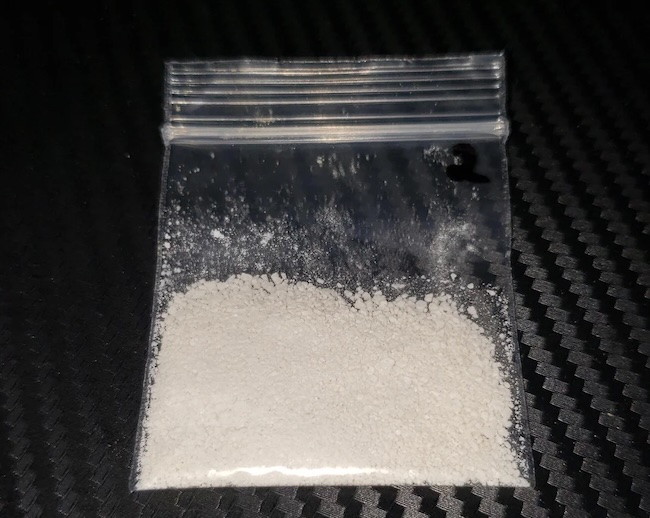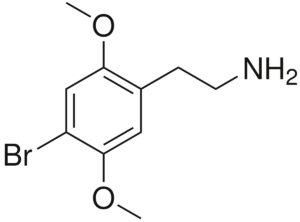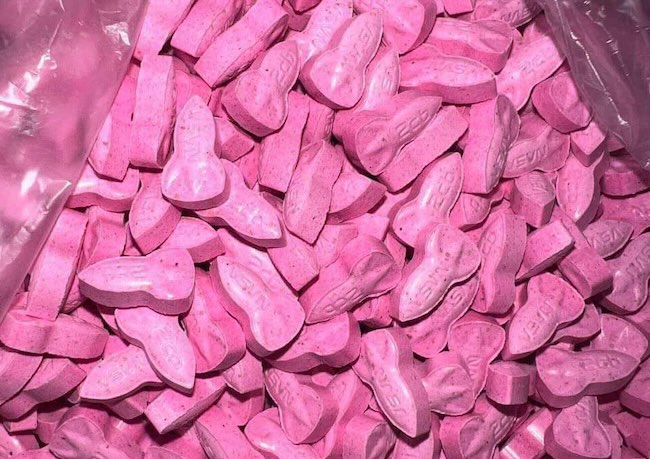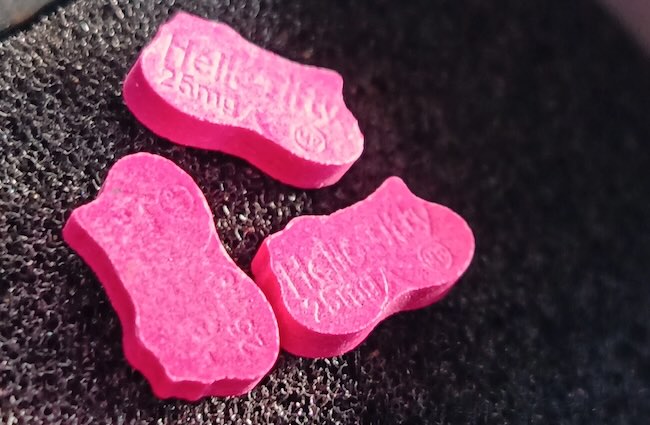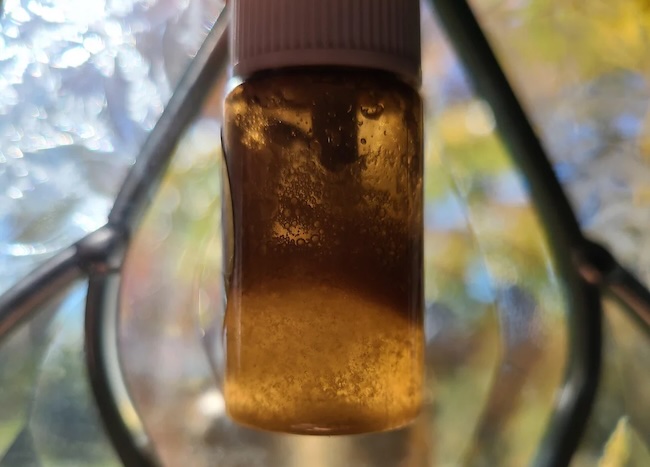2CB or correct term; 2C-B, scientifically known as 4-Bromo-2,5-dimethoxyphenethylamine, is a synthetic psychedelic drug that occupies a unique place in the world of psychoactive substances. Originally synthesized in 1974 by Dr. Alexander Shulgin, a renowned chemist and author of Pihkal: A Chemical Love Story, 2C-B was initially developed as a potential therapeutic tool. Over the decades, it transitioned from experimental use to recreational popularity, often surrounded by misinformation and risks.
Origins of 2C-B: A Pioneer in Psychoactive Chemistry
Dr. Alexander Shulgin, often referred to as the “godfather of psychedelics,” synthesized 2C-B as part of his extensive work on phenethylamines. His research aimed to explore compounds that could open doors to emotional exploration and psychological healing. According to Shulgin’s accounts in Pihkal, 2C-B stood out for its balance of hallucinogenic and stimulant-like effects, making it distinct from other psychedelics like LSD or MDMA.
In the late 1970s and early 1980s, some psychotherapists in Europe experimented with 2C-B for its potential to facilitate emotional openness in therapy sessions. Notably, Dr. Stanislav Grof, a pioneer in psychedelic therapy, highlighted the potential of compounds like 2C-B to aid patients in accessing suppressed emotions. However, as psychedelics became stigmatized globally, 2C-B’s therapeutic potential was overshadowed by its growing recreational use.
Effects of 2C-B: A Psychedelic with Unique Characteristics
The effects of 2C-B vary depending on dosage and individual factors. At low doses (5–15 mg), users report mild euphoria, enhanced sensory perception, and sociability. Higher doses (15–30 mg) induce vivid visual hallucinations, introspection, and heightened tactile sensitivity. Studies, including those by Nichols and Grob (2015), suggest that 2C-B primarily interacts with serotonin receptors, particularly 5-HT2A, which is linked to its hallucinogenic properties.
However, side effects such as nausea, increased heart rate, and anxiety are not uncommon. The drug’s stimulant-like properties, derived from its interaction with dopamine and norepinephrine receptors, can exacerbate these effects.
Short-Term Use of 2C-B: What to Expect
When 2C-B is used recreationally, its short-term effects typically begin within 30 to 60 minutes of ingestion, depending on the dose and method of administration. The experience can last anywhere from 4 to 8 hours, with the most intense effects occurring during the peak, usually between 2 to 4 hours after consumption.
Users commonly report a range of sensory, emotional, and physical effects during short-term use:
Common Effects of 2C-B
- Sensory enhancement: Colors may appear brighter, sounds may feel richer, and physical touch often becomes more pleasurable or intense.
- Euphoria: Many individuals experience heightened feelings of happiness, connectedness, and emotional clarity, often described as a “blissful state.”
- Visual distortions: Patterns, shifting shapes, and altered spatial perception are frequently noted.
- Physical sensations: A warm or tingling sensation throughout the body is often reported, alongside increased sensitivity to textures and temperature.
Potential Adverse Effects of 2C-B
Although 2C-B is often described as a “gentler” psychedelic compared to LSD or psilocybin, its short-term use can still produce unpleasant effects, particularly in high doses or stressful environments:
- Nausea and gastrointestinal discomfort: This is especially common during the onset phase.
- Increased heart rate and blood pressure: These stimulant-like effects can lead to feelings of physical discomfort or restlessness.
- Anxiety or paranoia: Certain users may experience heightened emotional sensitivity or fear, especially in unfamiliar settings or without proper support.
- Overstimulation: At higher doses, sensory input can become overwhelming, leading to confusion or distress.
Safety Considerations for Short-Term Use
Experts, including Dr. David Nichols, a leading researcher in psychedelic pharmacology, emphasize that set and setting play a critical role in determining the outcome of any psychedelic experience. A safe environment and a clear mindset are essential for minimizing adverse effects and maximizing positive outcomes.
It’s also important to note that because 2C-B is unregulated in most countries, the lack of standardization in dosage and purity significantly increases the risks. Users are strongly advised to approach any psychedelic substance with caution and educate themselves about its effects.
2C-B in the Recreational Scene
By the late 1980s, 2C-B had gained popularity in the club and rave scenes. Marketed under names like “Nexus” and “Bromo,” it was initially perceived as a safer alternative to MDMA. Its ability to amplify sensory experiences made it a favorite among partygoers. However, the lack of regulation led to inconsistent dosages and counterfeit products. By the mid-1990s, 2C-B was classified as a Schedule I drug in the United States, effectively banning its manufacture and possession (DEA).
Some street names of 2C-B;
- pink NASA rockets
- Nexus
- hello titty
- venus
- toonies
Risks of 2C-B: What Users Should Know
Despite its reputation as a “gentle psychedelic,” 2C-B carries significant risks. Overdose can lead to severe hallucinations, paranoia, or physical discomfort. Illicit production often results in contamination or substitution with more dangerous substances. Dr. Matthew Johnson of Johns Hopkins University emphasizes the unpredictability of unregulated psychedelics, warning of the potential for both short-term and long-term psychological effects (Source).
There are several drugs started to emerge under the name of 2cb pills, including pink NASA rockets that are sold illegally. Many tests results suggests that these drugs are contaminated with several reagents and other substances.
2C-B Nasal Spray
In recent years, some people have turned to nasal sprays as a way to use 2C-B. While this might seem convenient, it can be incredibly harsh on the nasal cavity, often causing damage that can’t be fully repaired. The delicate tissues inside the nose aren’t built to handle such substances, and over time, this method can lead to serious and lasting harm.
Boofing 2C-B
There are several Sub-reddits suggests that people are also boofing 2c-b to enhance the effects of the drug. Read more about boofing and the dangers in our blog post.
2C-B vs. Tuci: The Mix-Up in Recent Years
In recent years, a drug colloquially known as Tuci or Pink Cocaine has caused confusion, often being mislabeled as or compared to 2C-B. Unlike 2C-B, Tuci is not a single compound but a blend of psychoactive substances, including ketamine, MDMA, and sometimes synthetic cathinones (commonly referred to as “bath salts”). This mix is often brightly colored and marketed as a recreational drug in certain regions, particularly South America.
The key differences between 2C-B and Tuci include:
- Composition: 2C-B is a singular chemical compound, while Tuci is a mix of various drugs.
- Effects: Tuci’s effects are far more unpredictable due to its varied ingredients, making it significantly riskier.
- Legality: Both are illegal in many countries, but Tuci’s composition often changes to evade regulation, further complicating its risks.
The confusion stems from their similar marketing and appearance. However, experts, including Dr. Jordi Riba, who has extensively studied psychoactive compounds, warn against equating the two, as Tuci’s unregulated nature poses heightened dangers (Source).



